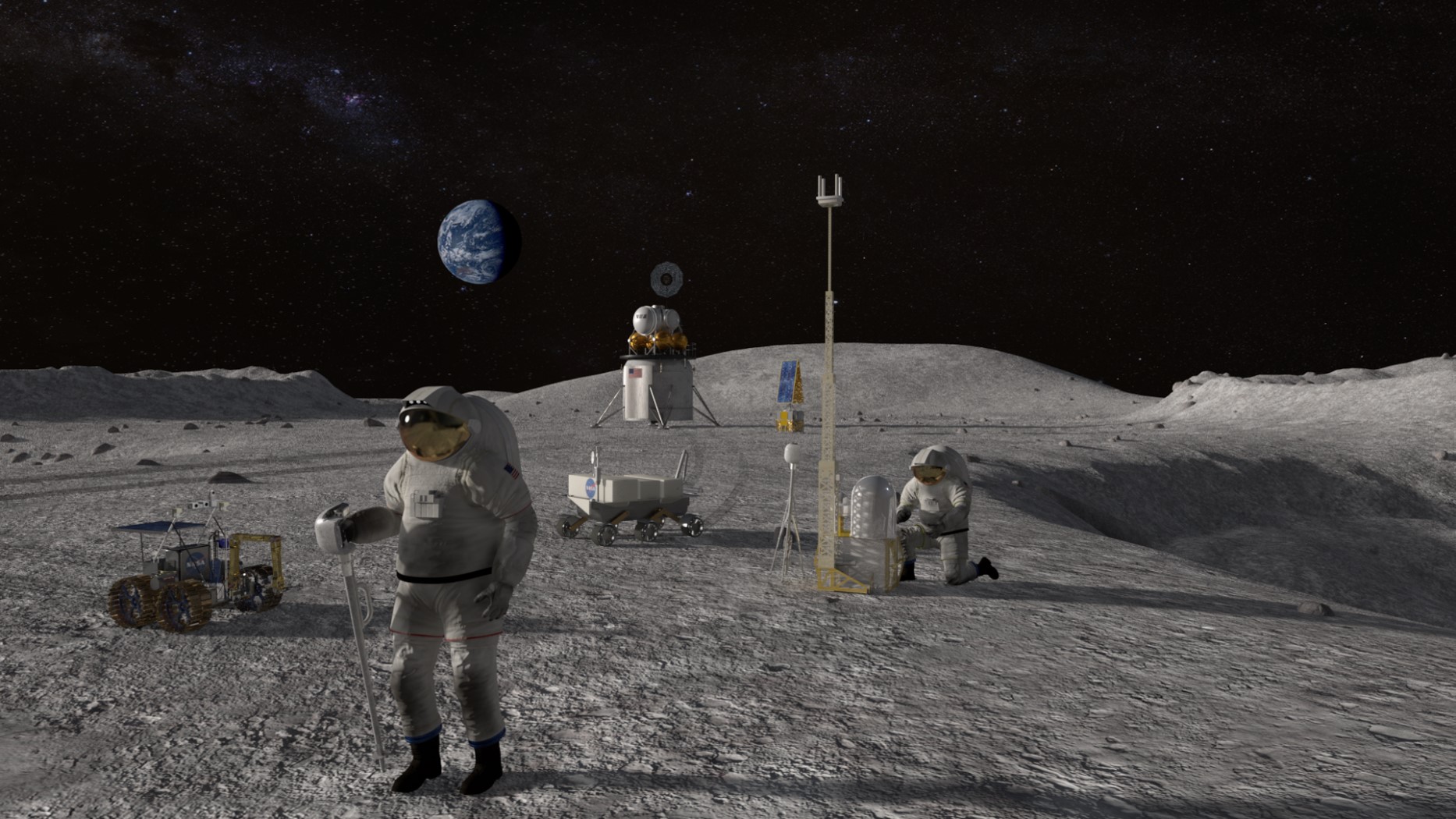GPT-5: The AI Revolution Is Here! You Won't Believe What It Can Do!

What if I told you that the future of AI is about to leap forward in ways we've only dreamed of? OpenAI is gearing up to unveil its groundbreaking next-generation large language model, GPT-5, and the excitement is palpable!
CEO Sam Altman recently dropped a tantalizing hint: GPT-5 is 'coming soon,' and it promises to be unlike anything we've seen before. Not only is it designed to outperform its predecessor, GPT-4, but it’s also set to introduce impressive new variants tailored for different tasks and applications.
Release Timeline and Early Previews
Initially, we were expecting GPT-5 to launch in May 2025, but due to extensive internal testing, the timeline has shifted dramatically. Now, multiple sources are buzzing that we’ll see the official rollout as early as August. Interestingly, GPT-5 isn't just gathering dust behind closed doors; it's already being tested privately! In fact, Sam Altman shared a moment during a podcast where he used GPT-5 to tackle a complex problem and was amazed by its performance.
Integrated Improvements
What’s particularly exciting about GPT-5 is its integration of 'o3' reasoning capabilities right within the model. This marks a significant shift in OpenAI’s approach to AI development, allowing for a more cohesive system that doesn’t require splitting features among various models. This means improved abilities in logical reasoning, planning, and problem-solving—areas where previous models struggled.
Variants: Mini and Nano
But that’s not all! Alongside the standard GPT-5, OpenAI plans to roll out smaller versions, dubbed 'mini' and 'nano.' These are designed for developers who crave efficient models suitable for on-device or edge computing. It’s a smart move that reflects the growing demand for versatile AI applications. You can expect these versions to be accessible via OpenAI’s API platform, making it easier than ever to harness the power of AI.
Altman’s Remarks on Capabilities
During a recent episode of This Past Weekend, Altman recounted a significant moment when GPT-5 helped him solve a technical issue he couldn’t grasp. The model provided a flawless response, prompting Altman to reflect on the widening chasm between human understanding and AI capabilities. He described it as a 'here it is' moment, showcasing just how intuitively the model can comprehend and reason through complex scenarios.
As we stand on the brink of this AI revolution, one thing is certain: GPT-5 is not just an improvement; it’s a transformative leap into the future!


























